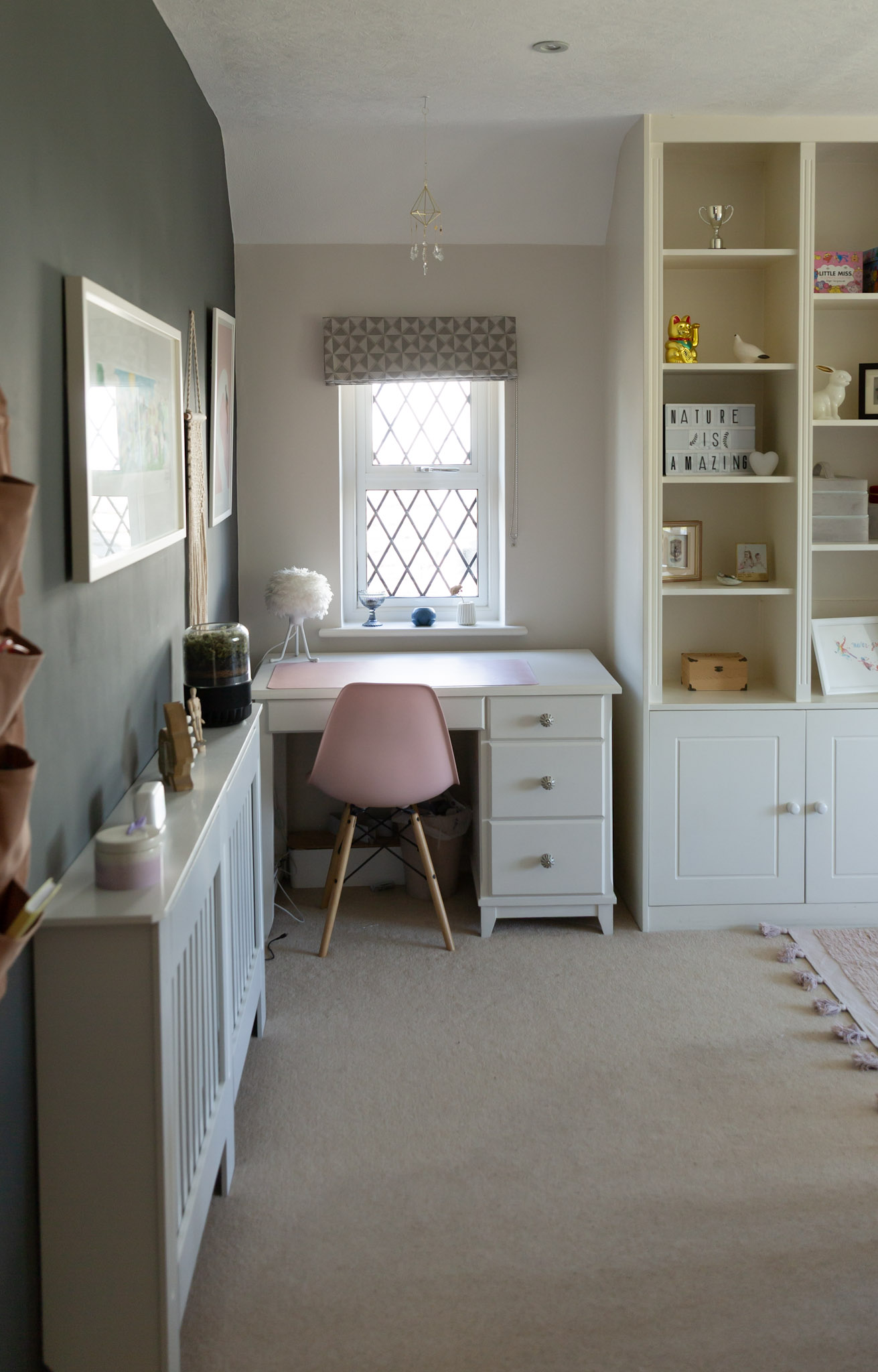
Allergy season is just around the corner and now is the best time to start allergy-proofing your home. Almost everyone in our family suffers from some form of seasonal allergy. Medication helps, but it also makes sense to take other steps to ensure your home is as clean and healthy as possible, especially your bedroom. My daughter has severe pollen and dust allergies, so I’ve made it my mission to allergy-proof her bedroom. Our bedrooms are sanctuaries where we sleep and recharge; that is one room I would focus on when trying to reduce the allergens in your home. You need a good night’s sleep to feel rested the next day and keep your health and immune system functioning at its best.
Here are some things I’ve done recently to allergy-proof my daughter’s bedroom.
ANTI-ALLERGY BEDDING
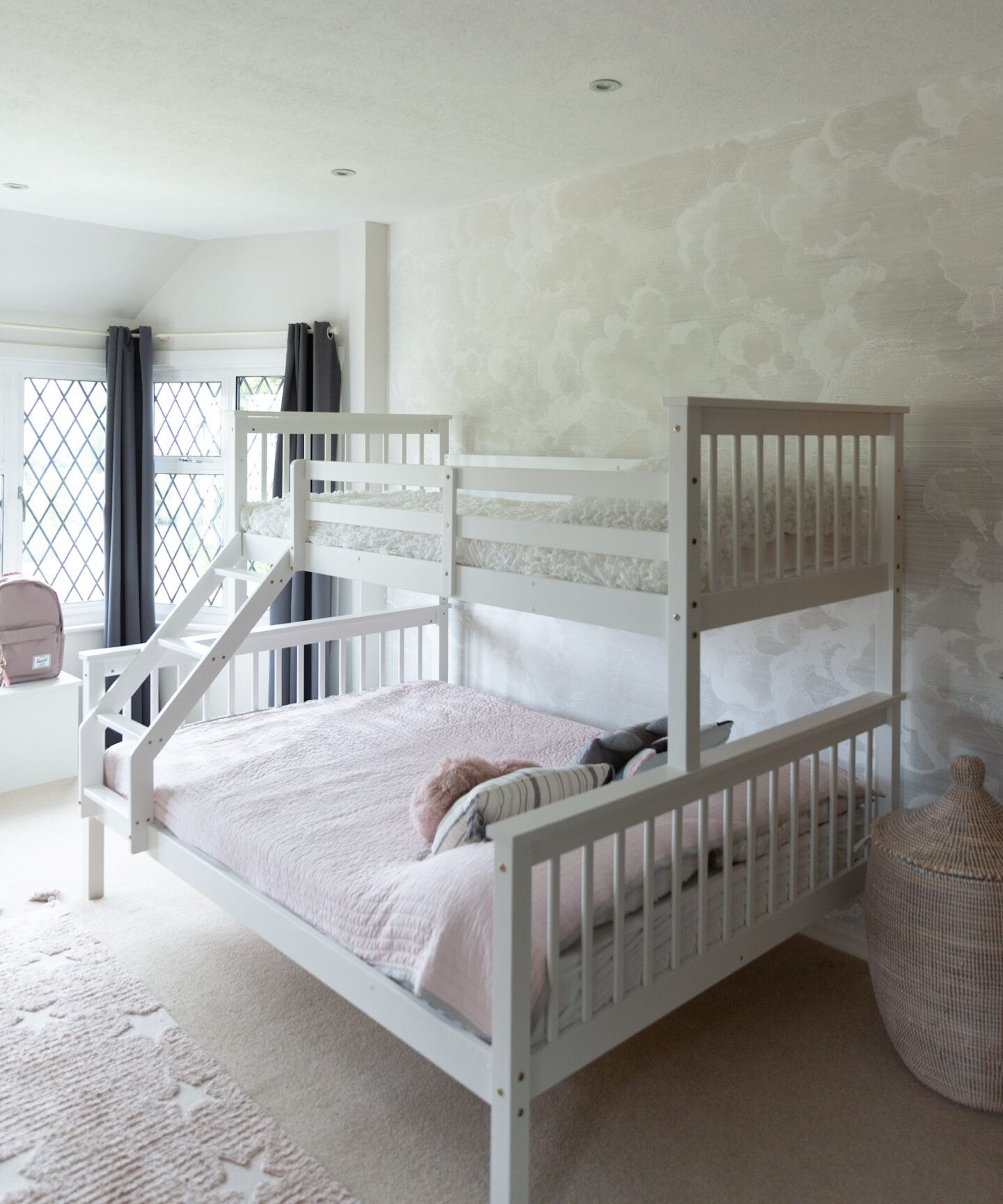
Investing in anti-allergy bedding is one of the easiest things you can do to keep allergens at bay. With years of experience, Manchester-based You Comfort retails and manufactures high-quality bedding products for people looking for comfort and practicality in their homes. From its early days focusing exclusively on pillows and duvets, You Comfort has expanded its bedding range to include a wider selection of products such as non-allergenic pillow protectors, mattresses and pet accessories. You can choose from luxurious down products to synthetic fillings that are suitable for allergy sufferers like myself. Being able to wash the bedding at 40 degrees and then tumble drying makes a huge difference to anyone with a dust allergy.
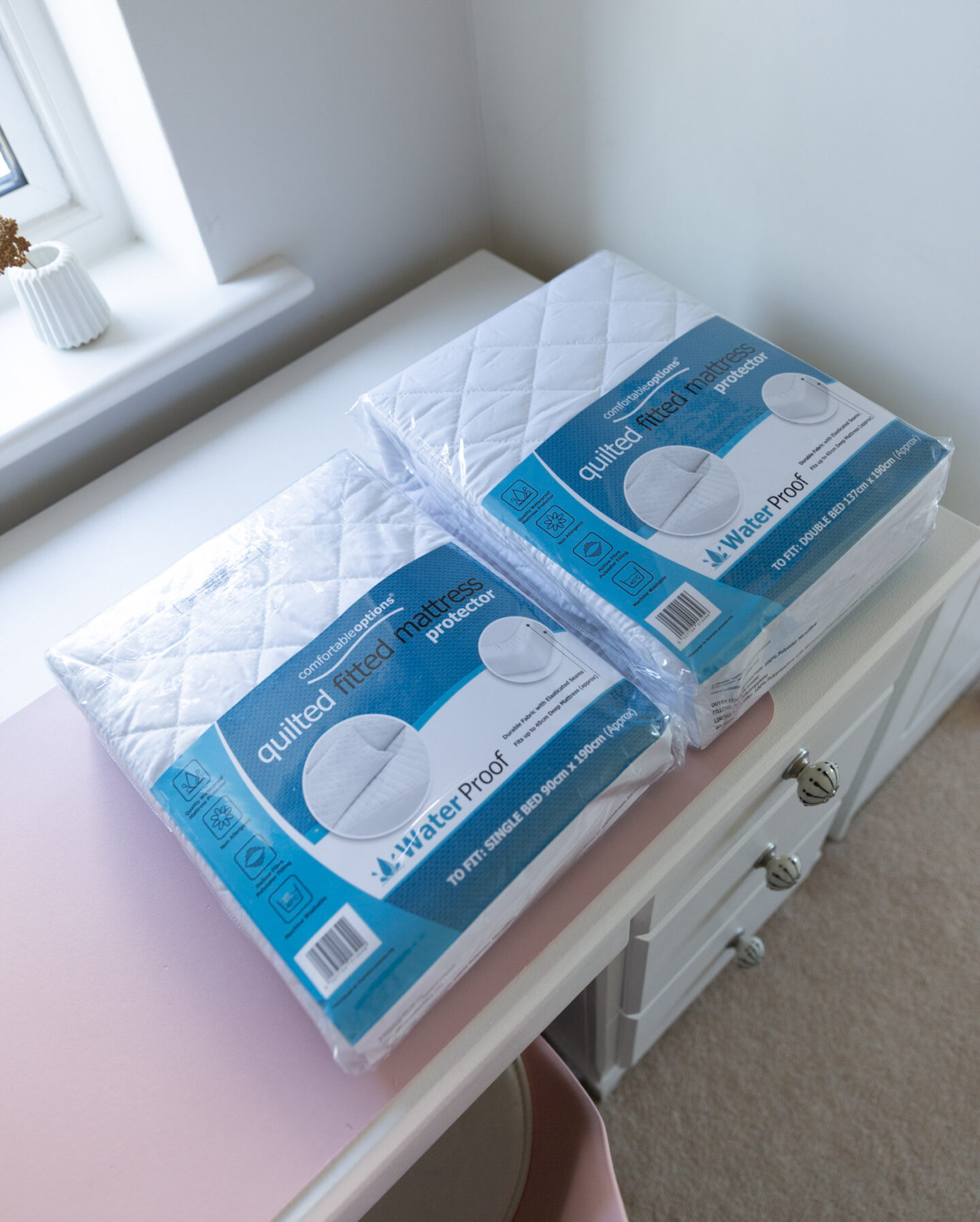
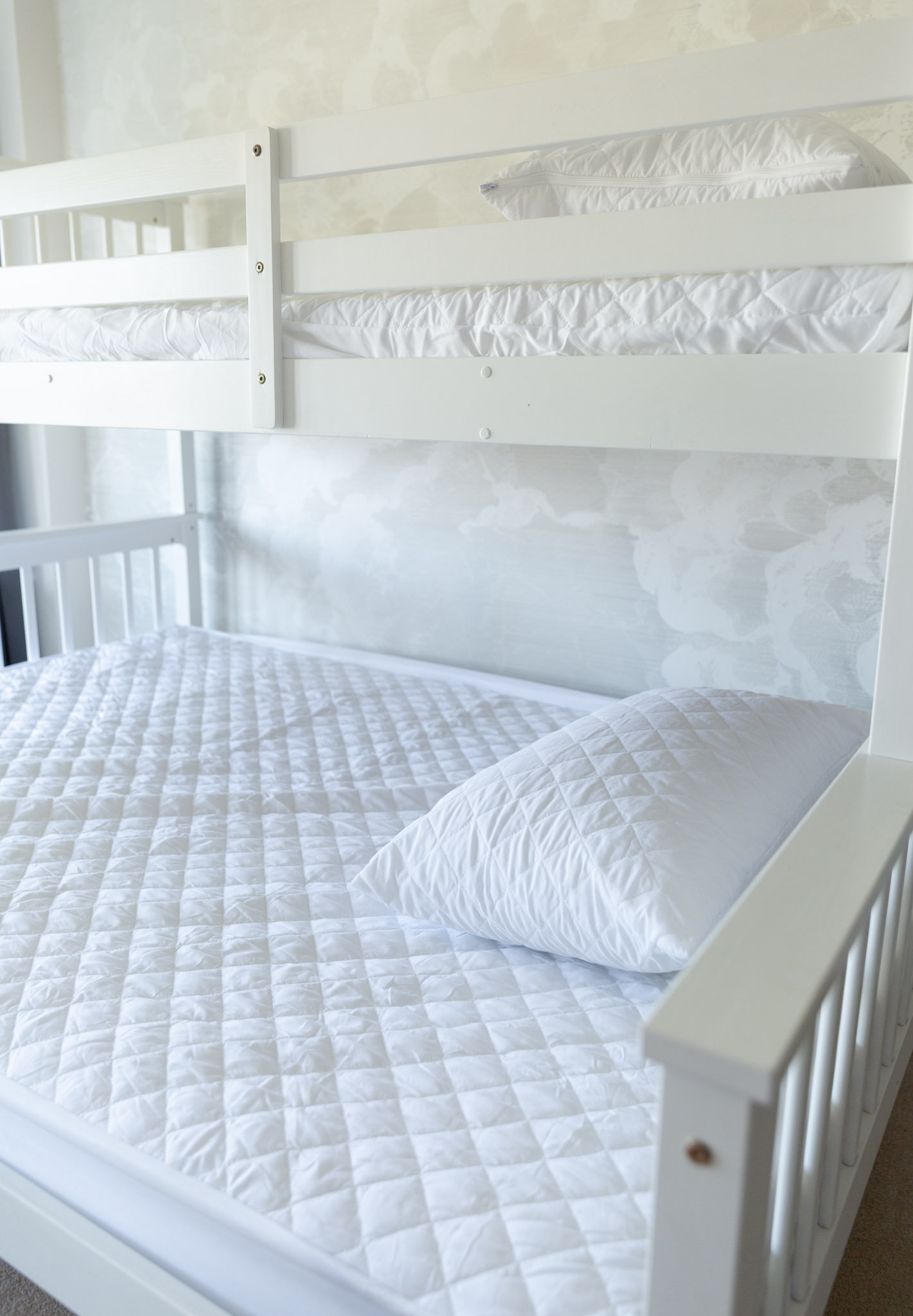
You Comfort kindly sent me anti-allergy pillows, mattress protectors and pillow protectors to test. My first impression was how soft the products felt. It’s not easy to find comfortable, waterproof allergy-friendly bedding. I love the look and feel of the quilted material and it feels very luxurious to sleep on. I washed the pillows and mattress protectors before using them and they came out perfect. Washing the bedding is something I plan to do every 3 months to keep my daughter’s seasonal and dust allergies under control. My daughter enjoyed using her new anti-allergy bedding and commented that it felt no different to normal bedding. Mission accomplished! If you’re looking for inspiration and advice, check out the You Comfort blog.
DECLUTTERING

Keeping things to a minimum in the bedroom is very important if you want to avoid allergies. This is not so easy with children, but it should get better as they get older. Keep everything in boxes or closed drawers. Make sure you don’t store anything under the bed and avoid open shelving. It’s important that your bedding and furniture can breathe and don’t collect dust.
WASHABLE WALLPAPER AND PAINT
Washable walls are a must in a child’s bedroom, especially if you have allergies. Opting for vinyl wallpaper will make your bedroom walls more durable and moisture-resistant. Graphenstone paint even claims to clean the air, I haven’t tested it myself but I’m tempted!
WASHING & FREEZING SOFT FURNISHING
I try to hoover all the soft furnishings (including curtains), but washing everything at 60 degrees is even more effective. Anything I can’t wash (like stuffed animals) goes in the freezer for 24 hours. I wash the curtains at 40 degrees and then dry them in direct sunlight, which kills the dust mites. I also make sure that everything I buy (rugs, pillows, etc.) is fully machine washable, so they can be cleaned properly. It’s quite a lot of work, but I try to deep clean everything every three months.
AIR PURIFIER
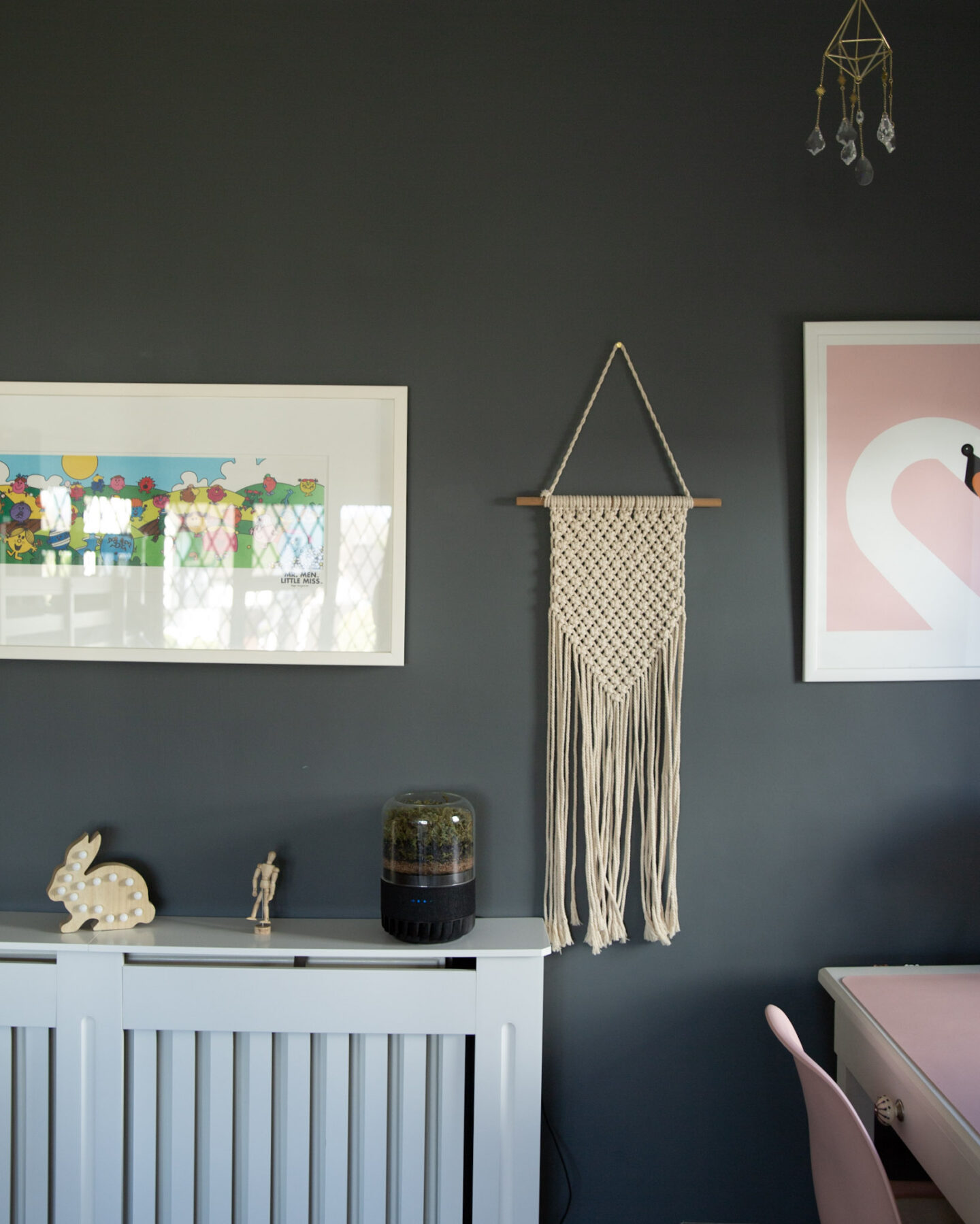
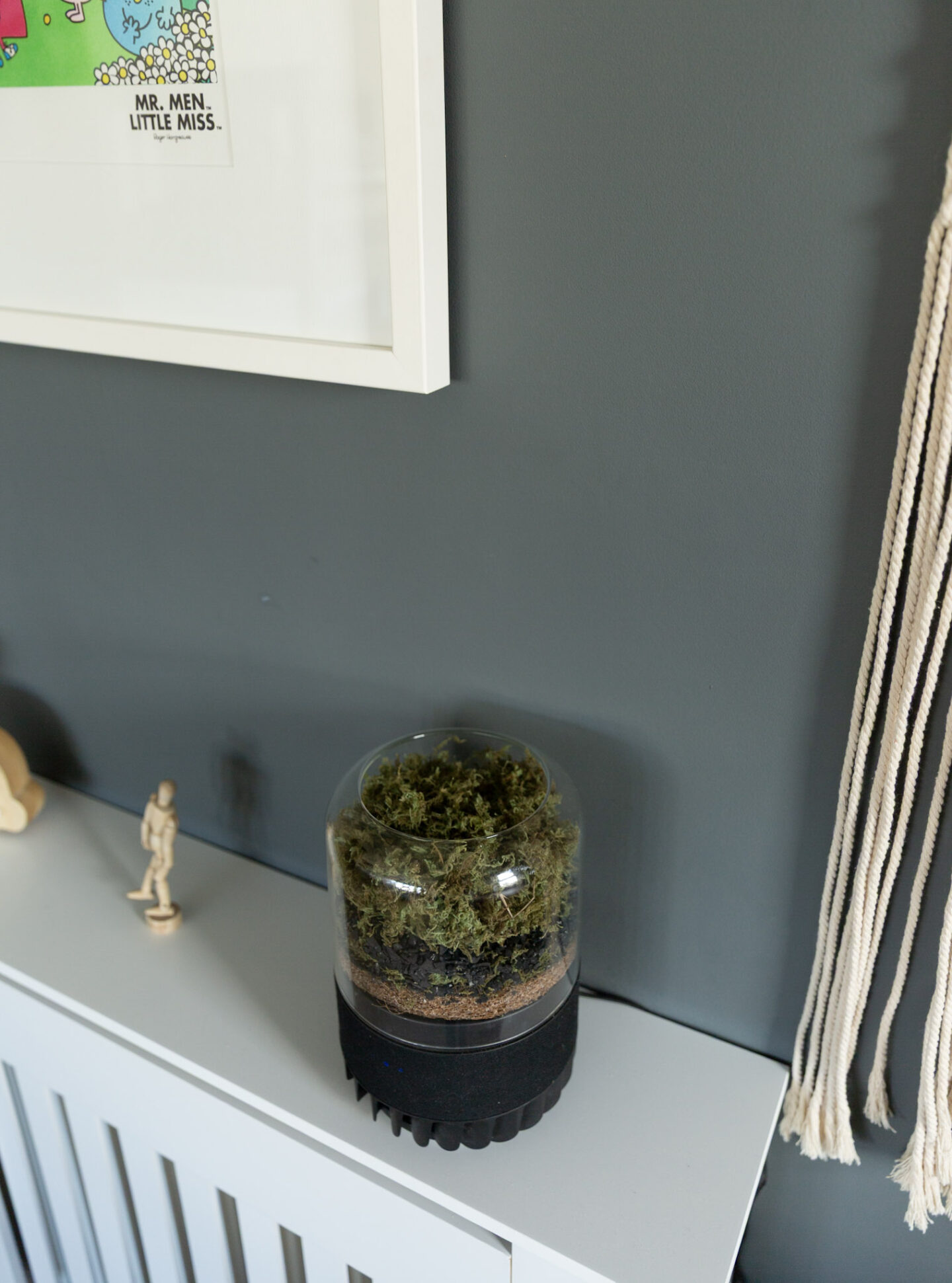
Having an air purifier improves air quality by capturing dust before it has a chance to settle. We have several in the house, but it’s especially important to have one in your bedroom. I’m guaranteed to get a stuffy nose if I forget to turn mine on before going to bed. I’ve had my Briiv since 2022 and I wouldn’t be without it now. Depending on the severity of your allergies, an air purifier may not be enough on its own, but it’s another tool in your arsenal to combat the allergens. You can see how much dust and airborne nasties it has collected when you change the filter. I change mine every three months and I’m always shocked at how the old filter is a different colour to the new one.
HOOVER WITH A HEPA FILTER
A good hoover with a HEPA filter is a must. Our Miele C3 has been the best investment ever. It’s the best hoover I’ve ever had and it’s still going strong after almost 10 years.
CARPET CLEANING
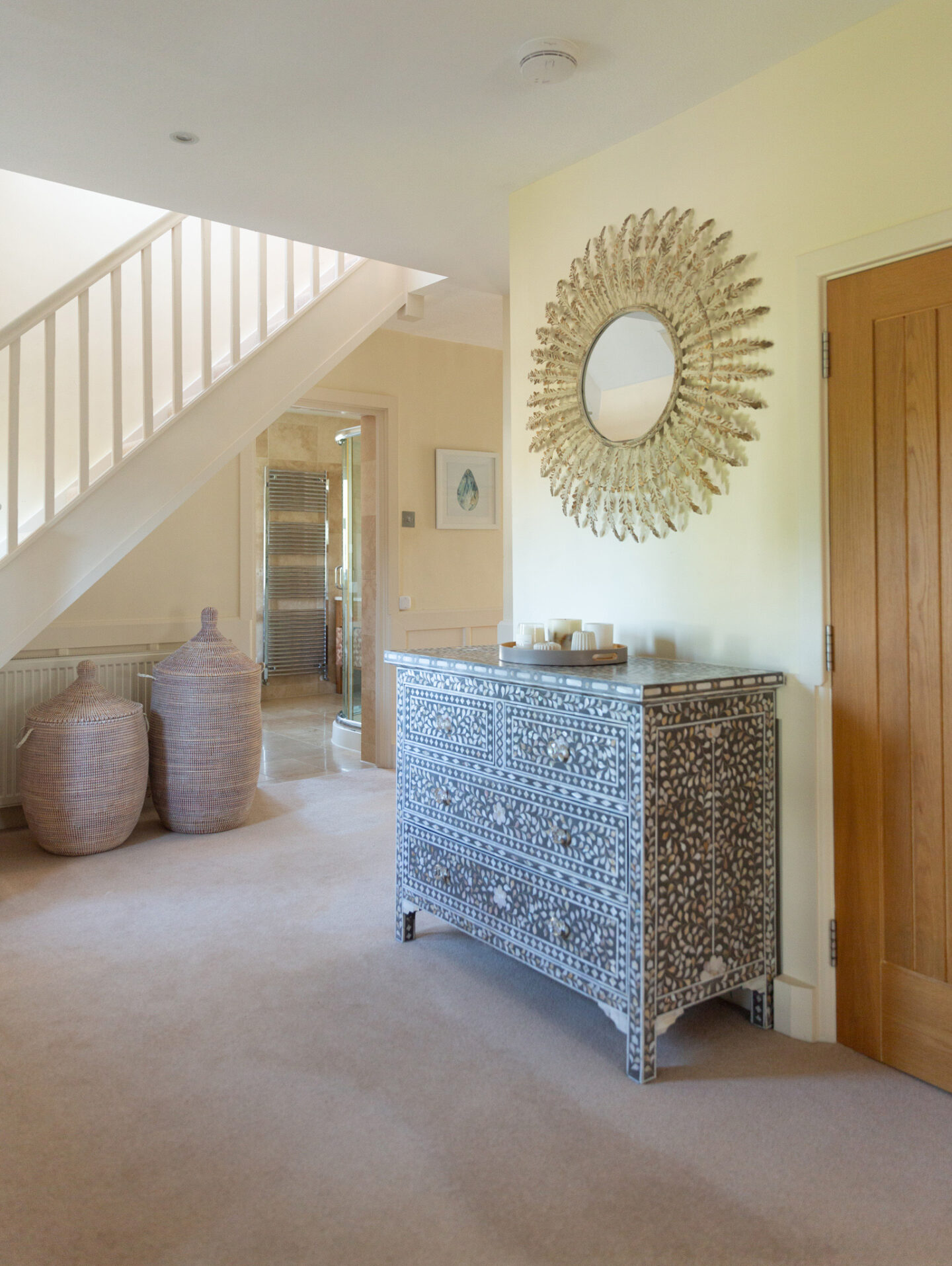
We recently bought the Vax Pet carpet cleaner and spot cleaner and I’m sure I’ll get plenty of use out of both. The carpet cleaner is ideal for getting the dust out of rugs and carpets. I do think you need a separate spot cleaner for more stubborn stains. The carpet cleaner is quite big and heavy but ideal for larger areas.
DAMP DUSTING
Damp dusting the room a few times a week will help a lot with allergies, especially if you use an air purifier as well. It’s also a good idea to open your windows regularly unless you have severe pollen allergies. I think our house is particularly dusty because of the original features, such as beams, floors and lots of old wood. I guess that’s the price we pay for living in a period house.
WOODEN FLOORS
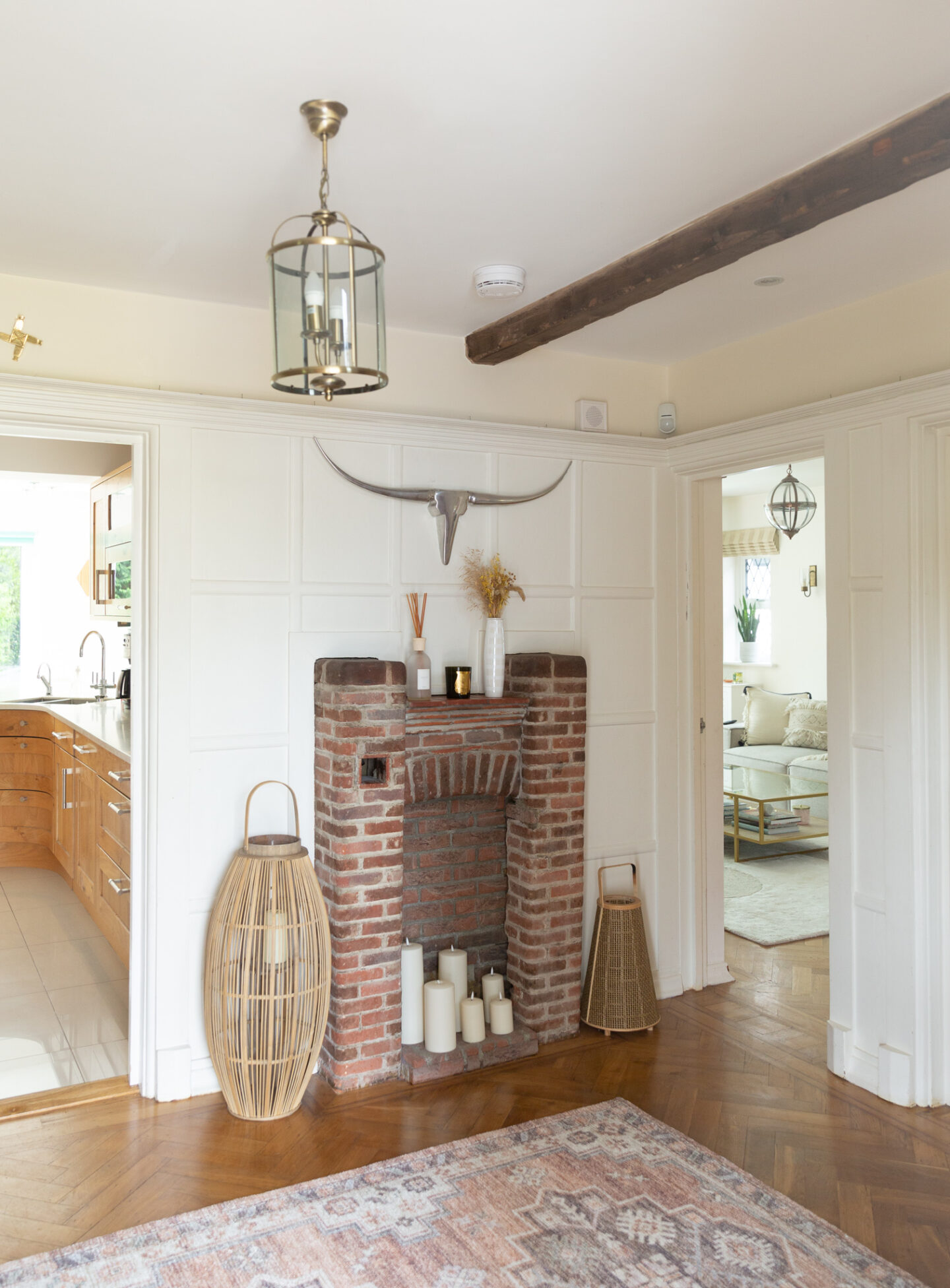
Getting rid of the carpet in the bedrooms is something we plan to do in the future. I’ve read some mixed opinions about this. Some people say that carpets actually bind dust and stop it floating around in the air, so if they’re cleaned regularly, they won’t cause as many allergies. Hardwood flooring is the obvious choice, although vinyl or laminate will work just as well. I’ve read some good things about linoleum as well, although it’s not quite the look I’m going for.
Do you have any tips for combating allergies at home? Leave a comment below!